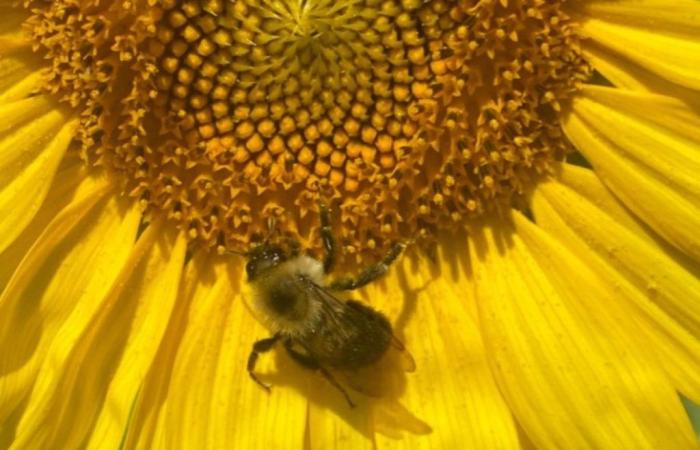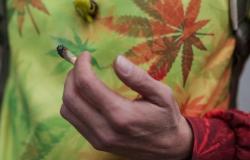MADRID, June 26 (EUROPA PRESS) –
A study on the nutritional value of 57 types of pollen has produced a selection of plants that contribute to a healthy diet for bees.
As critical pollinators, these insects keep our agricultural systems running, but human-caused changes to the planet have a major impact on their food choices. To help protect our food security, we need more information about the dietary needs of bees. Conducted with that interest, the new study is published in ‘Frontiers in Sustainable Food Systems’.
“Despite public interest and the increase in pollinator plantings, little is known about which plant species are best suited for bee health,” said lead author Dr Sandra Rehan of the University of York. “This study aimed to better understand the nutritional value of plant species. Based on their ideal protein and lipid ratios for wild bee nutrition, we recommend that in wildflower restoration projects emphasis is placed on pollen species of roses, clovers, red raspberries and tall buttercups.
Pollen and bees are very interdependent: plants need bees to spread their pollen to reproduce, and bees need pollen to eat. While bees obtain their carbohydrates from nectar, pollen provides proteins, lipids and other critical nutrients. Anthropic changes in the environment that alter the availability and properties of pollen they run the risk of bees suffering from malnutrition.
Bees especially need to consume high-quality foods containing non-esterified fatty acids such as omega-6 and omega-3. Without these nutrients, bees live shorter lives, have weaker immune systems, and are less able to cope with environmental stressors, But if they consume them in the wrong proportion, they experience cognitive problems. Bees also need essential amino acids, which are necessary for cognitive health and reproduction, but if they eat too much, they may be more susceptible to certain parasites.
To understand which plants are best for bees, scientists collected pollen samples from 57 species found in North America, either from fresh wild flowers or from lab-dried flowers. They chose the plant species based on their importance to northeastern wild bee species and their prevalence. Pollen was processed and analyzed for levels of different amino acids, non-esterified fatty acids, and protein-to-lipid ratios and omega-6:3, to determine which plants were best for bees.
The scientists also investigated whether closely related plant species provided similar nutritional benefits and whether species that had been introduced to the area where they were collected were less nutritious.
ENDEMIC PLANTS DO NOT OFFER NUTRITIONAL ADVANTAGES
In general, plants from the same family offered bees nutrients quite different from those of other members of the same family, with the exception of essential amino acids. Plants from the cabbage, legume, and daisy family had similar levels of essential amino acids compared to other plants from the same family. Daisies, a very important plant for foraging bees, had particularly high levels of essential amino acids. Interestingly, plants high in essential amino acids had relatively low content in non-esterified fatty acids, and vice versa.
“There is a possible trade-off between the content of fatty acids and amino acids in pollen, suggesting that a diverse floral diet can benefit bees more than a single source of pollen,” says Rehan. “No plant species is optimal for the health of generalist wild bees.”
The scientists’ results indicated that feeding on many different flowers is best for most bees, and that Feeding on endemic plant species offers no nutritional advantage. Most pollen species contain most of the necessary nutrients, but to obtain optimal nutrient levels in their diets, bees would need to feed on several different plant species. The scientists suggested that this diversity of nutritional content reflects the diverse needs of different bee species, especially specialized species that favor particular plants. A wide variety of nutrition sources with different properties means that all bees can feed on the plants that nourish them best.
“We hope this work helps inform the selection of flowering plants for pollinator gardens“summarizes Rehan. “But here we examine only 57 plant species, and there are thousands to examine to understand the nutritional profiles. “We hope this inspires future similar research, as well as follow-up studies on bee preference and survival on different diets.”






